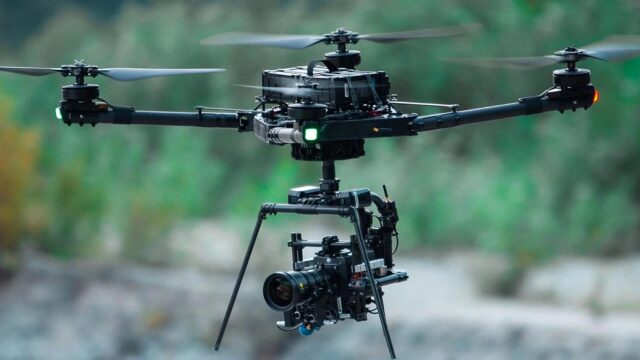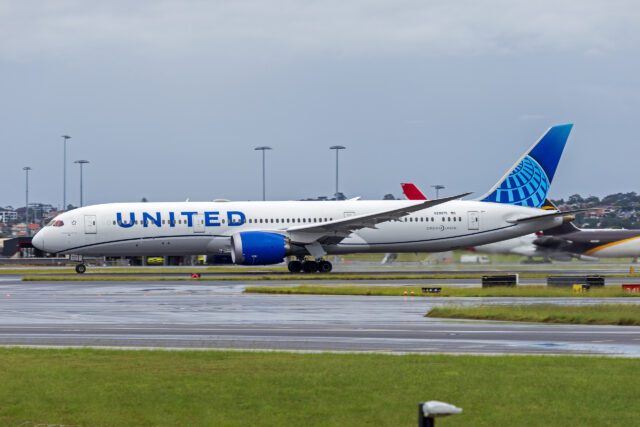UAE ‘catching up’ in global space race
The UAE Space Agency is fast “catching up” on leading international organisations in its efforts to explore the solar system, said the director of its space missions department, Mohsen Mohamedrafei…

The UAE Space Agency is fast “catching up” on leading international organisations in its efforts to explore the solar system, said the director of its space missions department, Mohsen Mohamedrafei Al Awadhi.
Speaking to FINN from the Dubai Airshow, Al Awadhi said: “With the establishment of Mohammed Bin Rashid Space Centre, we changed from becoming an end user of a product to becoming a developer. It puts the UAE in a position to be able to compete.”
In 2020, the UAE space agency launched its first mission to Mars using a spacecraft called Hope. The mission was the first from an Arab nation to reach Mars and is currently in orbit around the red planet.
UAE ‘catching up’
“With the Emirates Mars mission, before we even thought about what exactly it is that we wanted to do, our science team reached out to the international science community to see what [scientific understanding] is missing about Mars,” he said.
“We are definitely in a catching up game. Space has showcased that we can do things uniquely, we can do things differently, and yet achieve the same things that other agencies have been able to do.”
The latest project is the Emirates Mission to the Asteroid Belt (EMA), the first multiple-asteroid tour and landing mission to the main belt.
EMA will drive significant economic opportunities, including new start-ups, international partnerships and inward investment to the UAE space sector, creating new commercial opportunities to accelerate the growth of innovation and advanced technology companies in the Emirates.
Using a spacecraft named the MBR Explorer, the agency will seek to add to the science community’s understanding of the foundation of the solar system and the presence and origins of the building blocks of life found in the asteroid belt, as well as prepare the ground for possible future resource extraction from asteroids.
The EMA comprises a 13-year mission: a six-year spacecraft development phase followed by a seven-year flight to the main asteroid belt beyond Mars, and a series of close flybys to conduct unique observations of seven main belt asteroids.
Asteroid belt
Hoor Al Mazmi, space science researcher at the UAE Space Agency, told FINN: “Our main science objective is understanding the origin and evolution of water-rich asteroids. We’ll be flying by six asteroids and rendezvousing and deploying a lander on a seventh asteroid.”
The MBR Explorer’s 5-billion-kilometre journey includes gravity-assist manoeuvres around Venus, Earth and Mars to change the spacecraft’s velocity and support its flyby campaign, with its first asteroid encounter taking place in February 2030.
Subsequent flybys will occur through to 2034, when the mission’s seventh asteroid encounter will involve a rendezvous and landing. The spacecraft will release a lander, which will beam science data up from the asteroid surface.
Al Awadhi added: “Space is a mechanism to collaborate with different countries and entities worldwide. Not only local to the UAE but on the international side as well.
“The ISS is a good example that different countries are working together to achieve the same goal.”
Subscribe to the FINN weekly newsletter
You may also be interested in:
UAE participates in Working Group session on reducing space threats
















